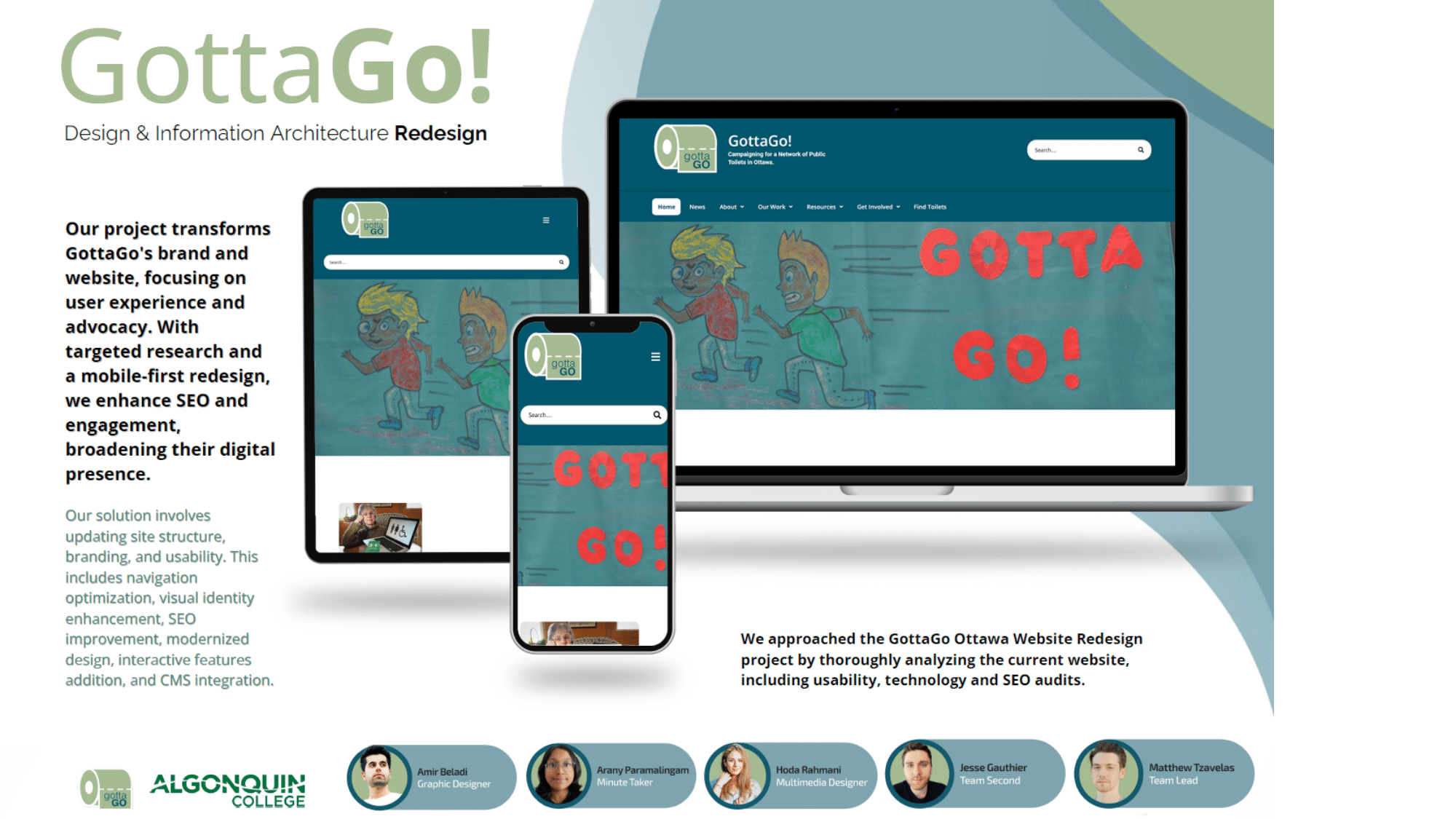Project Summary:
Vibes is a groundbreaking mobile app that will transform how we experience nightlife. Combining brand-new features, as well as established features from modern social media apps, users can find nightclubs, pubs, and bars that will fit their vibes.
| Client |
Megan Chapman |
| Professor(s) |
Adesh Shah, Adam Robillard |
| Program |
Mobile Application Design & Development |
| Student Team Members |
Luciano Saavedra (Team Lead)
Jad Jaber (Development Lead)
Evan Winter (UX Lead)
Abir Islah (Project Manager)
Nic Martichenko (Front-End Developer)
Emy Berina (Developer)
Hadi Hassan (Developer) |
|
Project Description:
Transforming the nightlife scene, Vibes Social Network stands as a unique mobile app poised to redefine how we experience night entertainment. Blending innovative functionalities with the best of contemporary social media platforms, users can find nightclubs, pubs, and bars that will suit their needs and fit their vibes.
Born from firsthand experiences of international students navigating Dublin’s nightlife scene, Vibes Social Network aims to make selecting a bar, club, or pub easier through reliable, real-time user-generated information.
Through extensive interviews and research targeting Ottawa residents aged 18-30, it became evident that existing platforms needed critical details such as cover charges, wait times, and accurate ambiance descriptions. The demand for real-time insights into a venue’s atmosphere, crowd size, queue lengths, pricing, and ability to plan a night out with friends before committing to a venue, resonated loudly among prospective users.
With the insights gained from our user research, our next step was designing an intuitive interface that delivered this information to users. Recognizing the crowded landscape of social media apps, our design system prioritized user-friendliness while ensuring essential details remained front and centre.
Transitioning to the development phase, we conducted technical research to assemble the ideal technology stack for our application’s success. Opting for React Native for our front-end, we were drawn to its widespread industry adoption, robust community-driven libraries, and customizable components, promising users a familiar and fluid experience. Complimenting this choice, we embraced Google’s Firebase services for the backend, enticed by its user-friendly authentication and rapid database updates.
Within Vibes Social Network, users navigate a wealth of real-time venue information, from crowd dynamics, atmosphere, prices, past reviews, and line length. Armed with insights gleaned from fellow patrons’ check-ins, live reviews, and the ability to share a venue with friends to organize a night out, users make informed decisions, enriching their nightlife adventures.
Working on this project has provided our team with invaluable experience. We learned about the steps required to design and develop a mobile application from start to finish and to overcome the challenges that come with it. It was challenging to manage this project’s scope as we quickly saw that the end app could have numerous features and capabilities. We handled this by focusing on the main user problems and ensuring the solution was handled most intuitively. One of our biggest technical challenges was writing clean, modular code that could be scaled with the app’s complexity. As the app enlarged, we found that we were re-writing the same components with minor changes. This applied to both the front-end and back-end. We learned it would have been more effective if we had planned which components we would reuse throughout the app and made minor changes accordingly.
Throughout this project, we were able to put the skills learned in the Mobile Application Design & Development program to the test as well as enhancing soft skills such as teamwork and cooperation. In essence, this project has not only enriched our technical capabilities but also fostered invaluable personal growth, solidifying our commitment to excellence in future endeavours.









